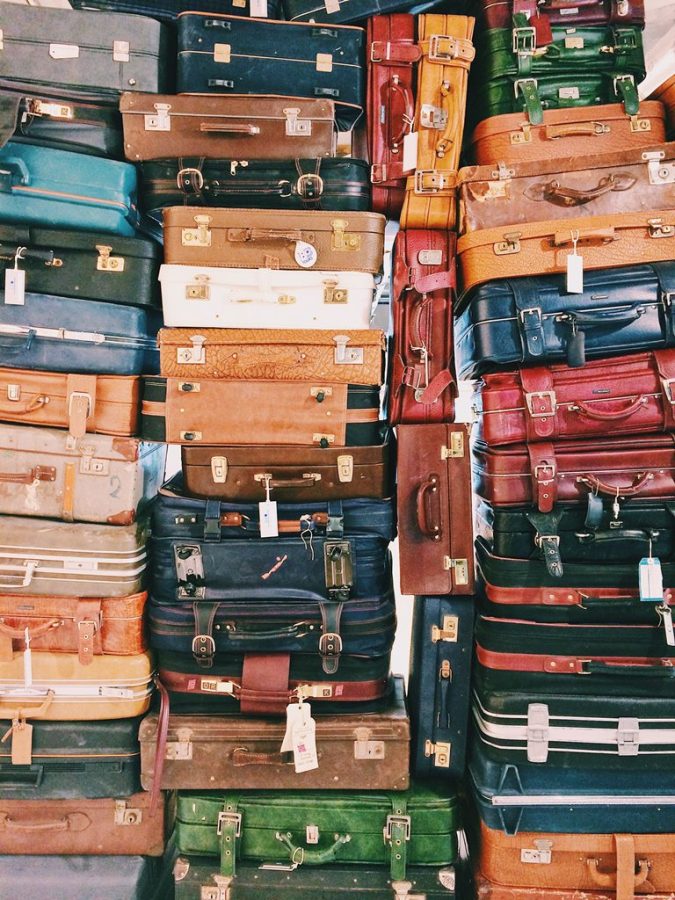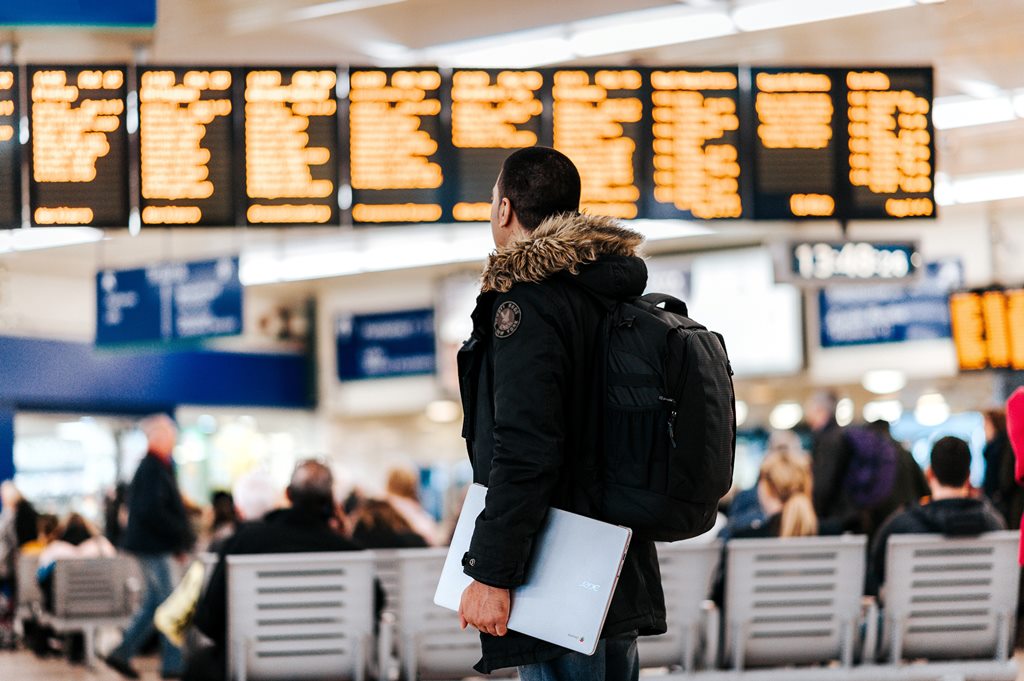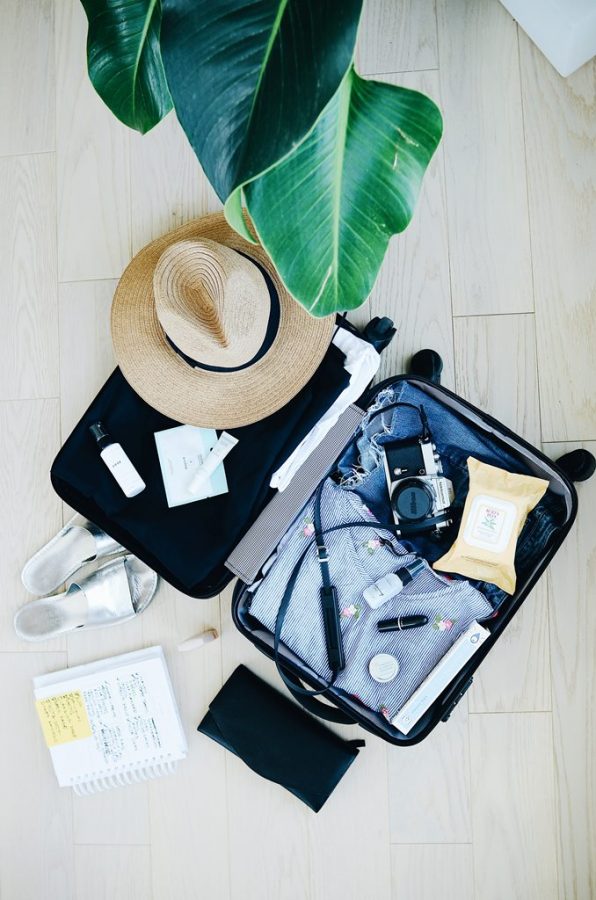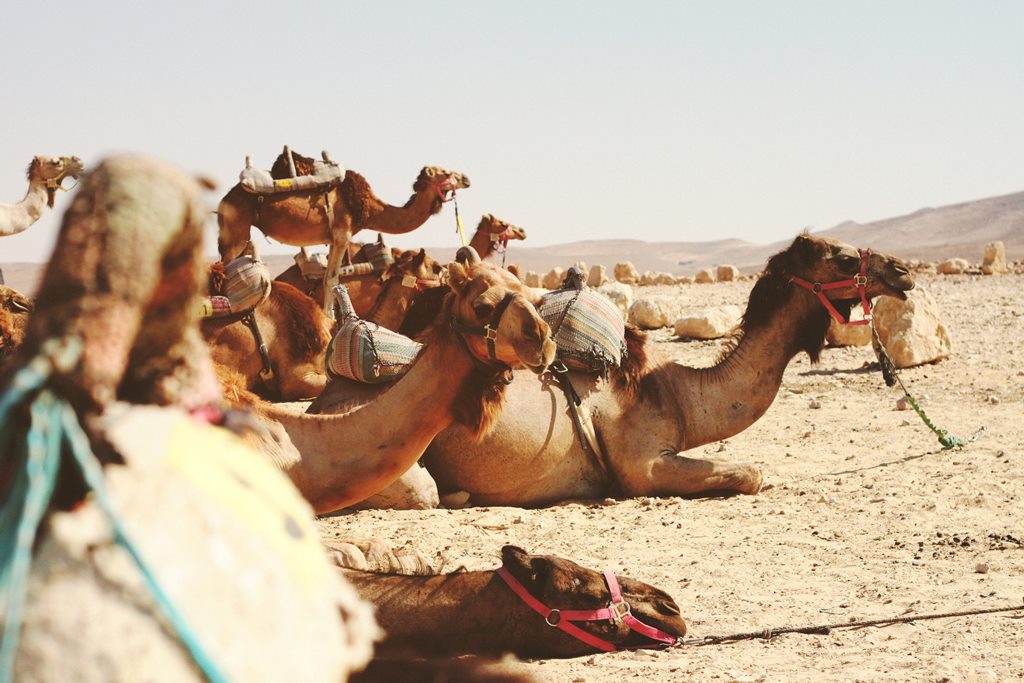Two decades into the 21st century, travelling is in many ways easier and more accessible than ever before. As we are all too aware, now everyone can fly… but does that mean everyone should?
It’s a remarkable time for travellers – and would-be travellers – to be alive. Low-cost carriers and super-efficient airliners make getting away affordable and easy, and even far-flung destinations are accessible with minimal fuss. Social media posts show us where to go and what to see. E-hailing apps give us a cheap ride once we arrive. And web-based accommodation platforms provide us a comfy place to stay. Truly, 21st-century travelling has already gone beyond what could have been imagined just three or four generations ago, and it’s only going to continue on this ascent – bringing global travel to more people than ever before in human history.

But at what cost?
A nascent movement in the tourism industry has taken firm hold in recent years, and is now one of the fastest growing movements in travel. Spurred on by celebrities, business leaders, and activists alike, travellers are increasingly seeking to “green” their chosen excursions; that is to say, making their trips more sustainable and environmentally responsible without giving them up completely.
With more awareness in general and more data available specifically, travellers can see that their globe-trotting ways carry an environmental impact. It’s not just flights that contribute to the carbon footprint, either. A report published in 2018 by Nature Climate Change showed that tourism accounts for approximately 8% of all global greenhouse emissions, with shopping and dining contributing “significantly” to that figure.

Many people have pledged to curtail or eliminate flying, but of course, for far more, such a step is either unrealistic or undesirable. Still, even for those who are not keen to abandon flying altogether, there is still a very real desire to make travel more sustainable. And it’s not just related to how we get to our vacation spot, it also encompasses what we do and how we behave once we’re there.
A wide-ranging survey conducted in May 2018 by Hilton, a global hotelier overseeing more than 954,000 rooms, showed that one-third of travellers actively research the environmental, ethical, and social efforts of a hotel before booking a stay there. For travellers under 25, the figure was 44%. The destination plays a role in this research, too: guests planning a stay in Central/South America (46%), the Middle East/Africa (45%), Asia Pacific (41%), and mainland Europe (35%) are even more likely to seek this information before making a booking.

It stands to reason that as awareness of the world’s climate crisis continues to grow, these numbers will only increase. So if you’re planning a trip and want to make your travel greener, what are the steps you can take?
First, Adjust Your Travel Patterns
For most people well into adulthood, travel was different when we were children. If we were lucky, we’d take one “big” trip each year, a long holiday of a week or two, augmented by a handful of shorter, likely domestic trips (often in the family car). Now, with low-cost carriers bombarding us with sales of year-round cheap flights throughout the region, it’s much easier to take four or five short trips annually (or more). Instead of driving to a nearby city or beach for the weekend, we jump on a plane to a different country instead.

Justin Francis, CEO of sustainable tour operator Responsible Travel, says the only realistic way to reduce the carbon footprint of flying is to fly less, asserting that carbon offsetting schemes do not work, a conclusion largely found as well by a 2017 European Commission study. Noting the annual travel patterns of a generation ago, Francis says people must modify their travel habits. “When I was growing up, people tended to take one long holiday a year, plus a domestic trip, and maybe one more. With the advent of low-cost aviation, many of us are taking multiple flights, and holidays are much shorter.” He concludes, “If we went back to the style of travel we used to enjoy, we’d achieve the reduction in flights that we need.”
Research and Learn
Knowledge is power, and at no time in human history has more information been as easily available to us. Find out about the plane that’s being used on the route you are considering, research its fuel efficiency and the airline’s typical load factor. (An older 767 flying with 80% of its seats filled is wildly inefficient compared to a modern 787 with a 95% load factor, for example.) Be one of the growing number of travellers who researches the environmental policies and pledges of hotels and resorts before committing to a stay there. If the information isn’t easily available – which is unlikely if the company has such a policy – e-mail them. Adjust your travel to patronise (and “reward”) the companies who share your desire to help people travel sustainably.
Travel Intelligently
There have always been two camps of tourists: those who quickly hop from place to place, amassing a large number of destinations on a single trip, and those who get to a place and stay there for a while, immersing themselves into the location and really experiencing it. Both approaches have merit, but when it comes to smart, sustainable travel, the choice is clear. Go and stay.
Staying in one place (or in a very limited number of places) reduces your carbon footprint, and what’s more, it enables you to contribute to the local economy more meaningfully. Studies suggest that day-tripping brings only minimal financial benefit to a location but still impacts heavily on infrastructure.

Intelligent travel also means not avoiding super-popular destinations, but avoiding their peak seasons. Savvy tourists know that the shoulder seasons – that magical period between the peak and low seasons – is a wonderful time to hit the most coveted travel locations. Again, not only are you helping yourself (by not having to jostle and compete with huge throngs of fellow tourists), you’re helping to sustain a healthy, year-round tourism economy.
If you’re debating going solo versus with a tour operator, know that independent travelling is usually the better option, as you will be contributing directly to the local economy while maintaining a reasonably benign carbon footprint. Stories have cropped up recently of Chinese tour operators taking groups to popular destinations like Bali, patronising only pre-selected business, often owed by other Chinese, ultimately ensuring that very little, if any, money flows to the local economy, all while delivering the same impact on the environment and infrastructure. Many tourist destinations are increasingly wising up to and cracking down on these “zero-dollar” tour operators. Again, research can help you here. If you do go with a tour company, ensure they are operating responsibly and sustainably. Go small, as well – private or small tours are the way to go – and ask that they recommend both times and places to keep you away from huge crowds. When possible, opt for locally based tour companies or those who pledge to operate ethically and sustainably, and to make a positive impact on the communities in which they operate.
Pack Responsibly
In many popular destinations – particularly islands – rubbish is a massive problem, and large numbers of tourists only compound the issue. So when you travel, make a mental note to be part of the solution, not part of the problem. Pack a reusable water bottle, straw, cutlery set, and shopping bag. Then, when at your destination, refuse the disposable plastic versions of these items. It may not seem like a lot, but it adds up, both over your time spent there, and when taking into account the many thousands of other tourists who are there, just like you.

Some destinations, particularly in the developing world, have a real need for certain items – basic healthcare goods, medical kits, school supplies, notepads and pens, things like that. Some resorts work with local organisations to get these supplies to those who need them, and it’s well worth checking to see if the destination you have in mind has any specific needs. Check www.packwithapurpose.org for ideas, or check with your tour operator if you’re using one.
Once You’re There…
Gauge your choices through a filter of responsible tourism. That means choosing local dishes from local restaurants, which have a much smaller environmental footprint than imported foods from international restaurants. Always go for local options if they’re available. (Think about what it cost the environment to transport that glass bottle of fancy still or sparkling water from France or Italy all the way to your tropical Asian island, for instance.) In heavily touristed areas, try getting off the beaten path as much as possible. Have respect for local culture – in how you dress, how you behave, and what you post on social media. Consider hiring a local guide to show you around.

Research low-cost or free guided tours, too. (Sandeman is an outstanding option in many European destinations, often engaging young locals to conduct guided tours for only a nominal gratuity.) Be extremely wary of patronising wildlife attractions. Some, such as legitimate animal sanctuaries and wildlife watching excursions, are fine, but if an attraction allows close-up human interaction with wild animals, chances are very high that your tourist dollars are doing little beyond encouraging animal cruelty. Unfortunately, attractions like this are rampant in developing countries, including many in Asia. Nick Stewart, Global Head of Wildlife Campaigns at World Animal Protection, says that although people go to these attractions because they love animals, their patronage is unwittingly fuelling abuse. “The cruelty is often invisible, but riding elephants, swimming with dolphins, and walking with lions are some of the cruellest attractions in the world,” he says, adding that when it comes to animal attractions, “If you can hug it, ride it, or touch it, it’s probably experiencing some kind of cruelty.”
Additional Efforts
Things like swapping internal flights for public transportation at your destination, using reef-safe sunblock, sticking to local goods and services whenever possible, and packing out trash and plastic rubbish from sensitive areas all contribute to more responsible, sustainable travel. And if you’re on holiday, find yourself at a crossroad – literally or figuratively – and wonder what the right choice is for minimum environmental impact, the battle is already half-won!
"ExpatGo welcomes and encourages comments, input, and divergent opinions. However, we kindly request that you use suitable language in your comments, and refrain from any sort of personal attack, hate speech, or disparaging rhetoric. Comments not in line with this are subject to removal from the site. "



















